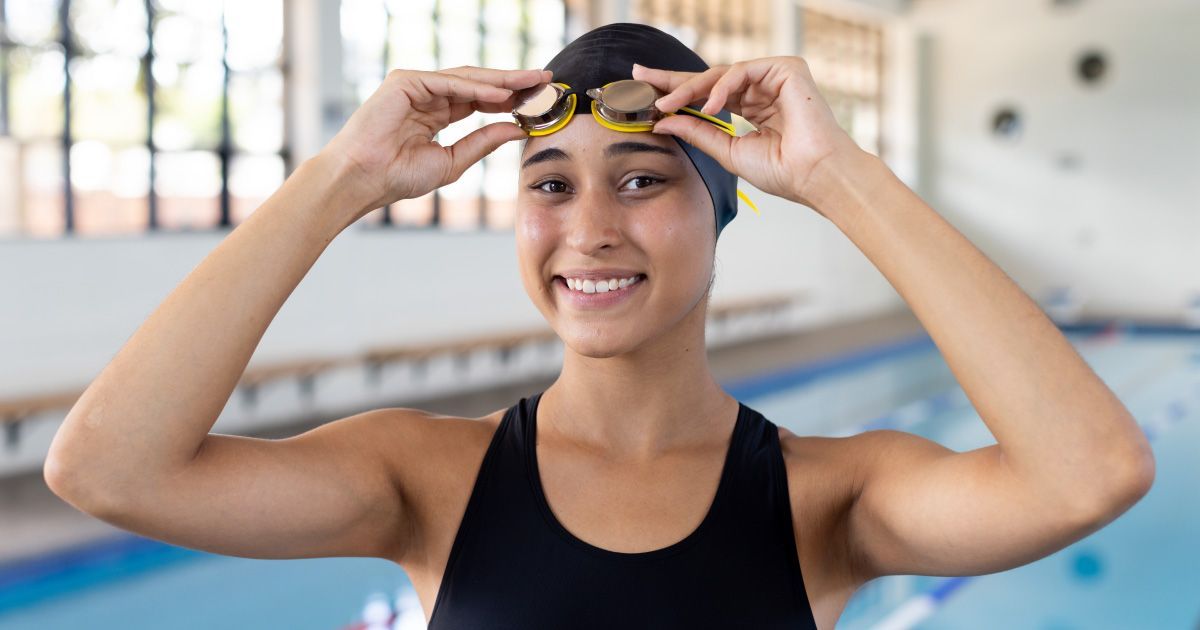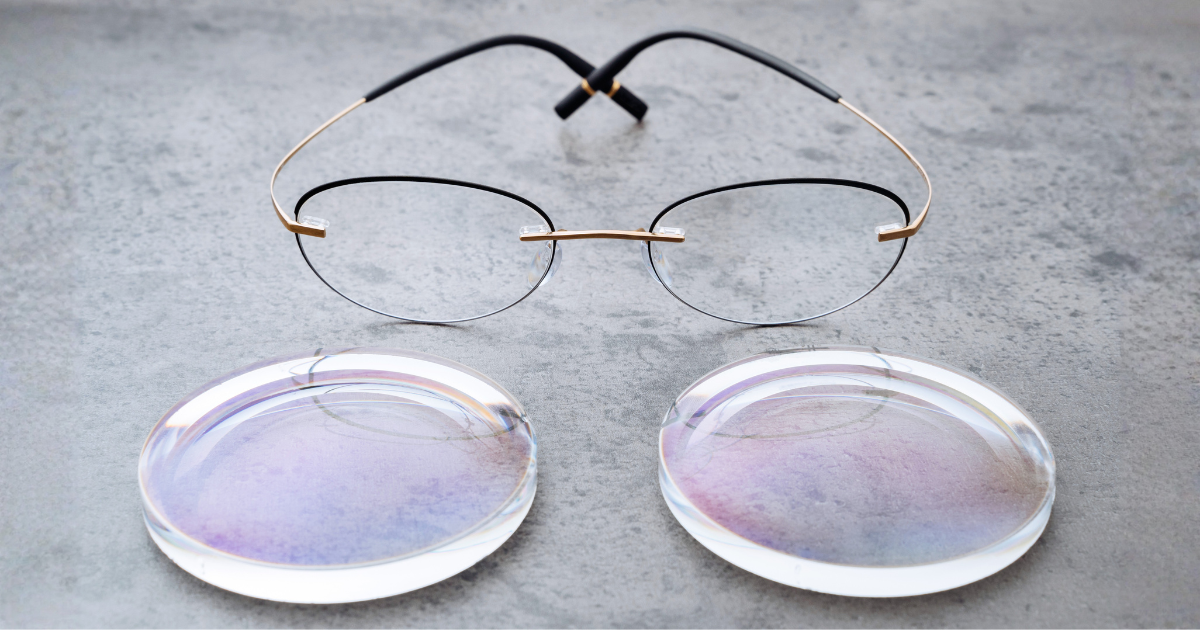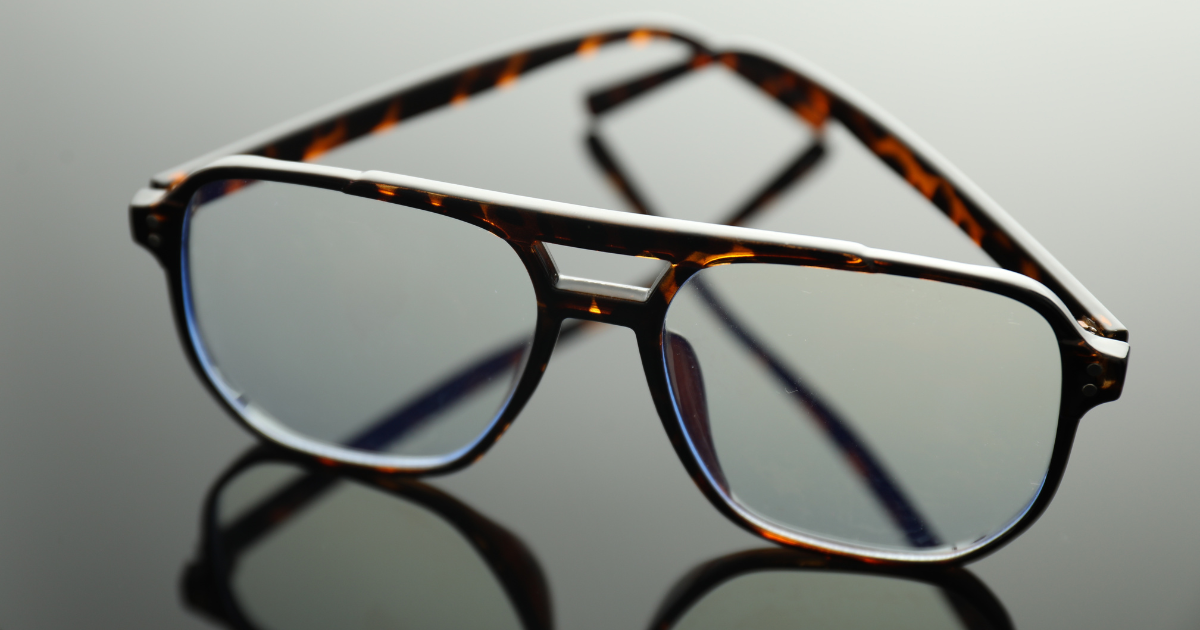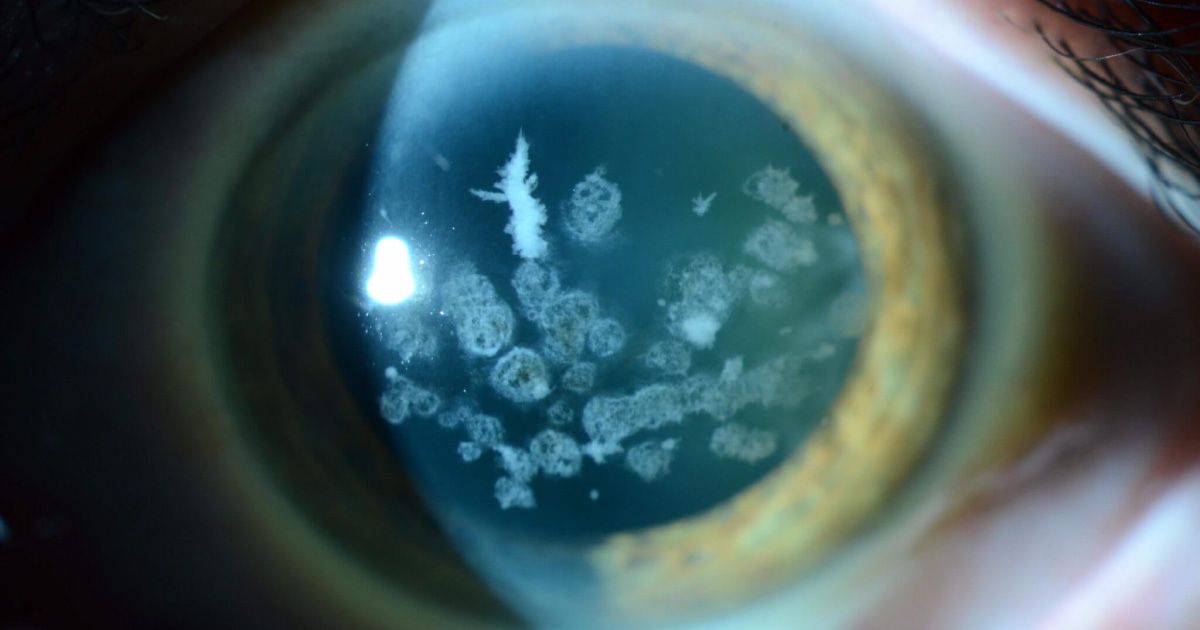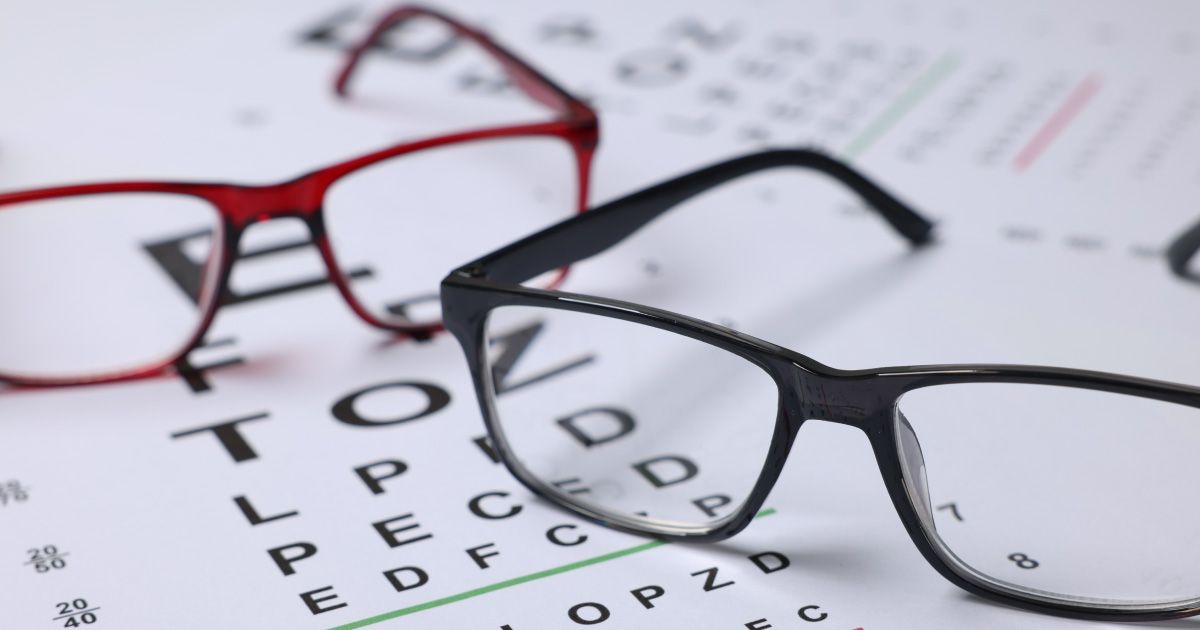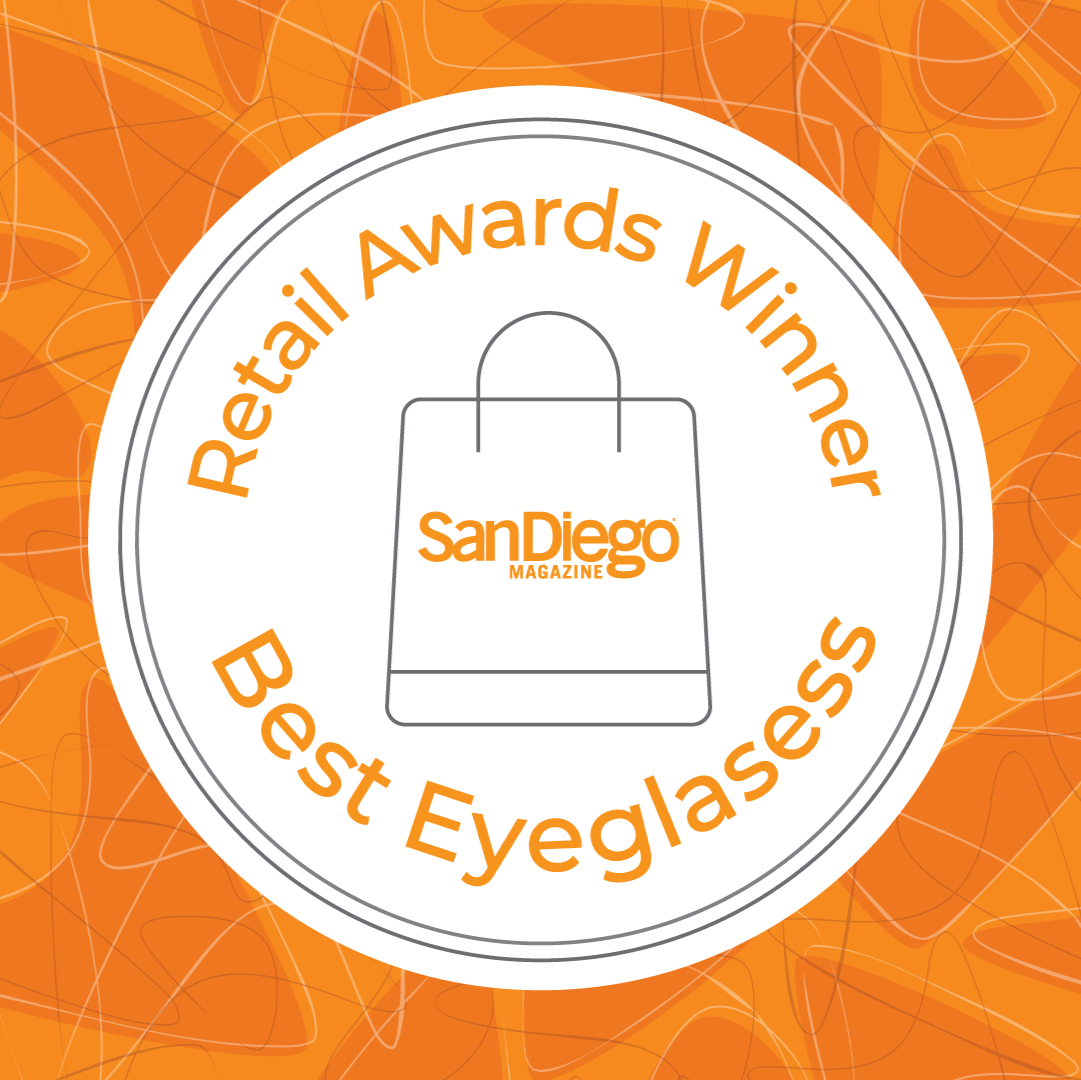Neuro-Optometry: The Brain-Eye Connection
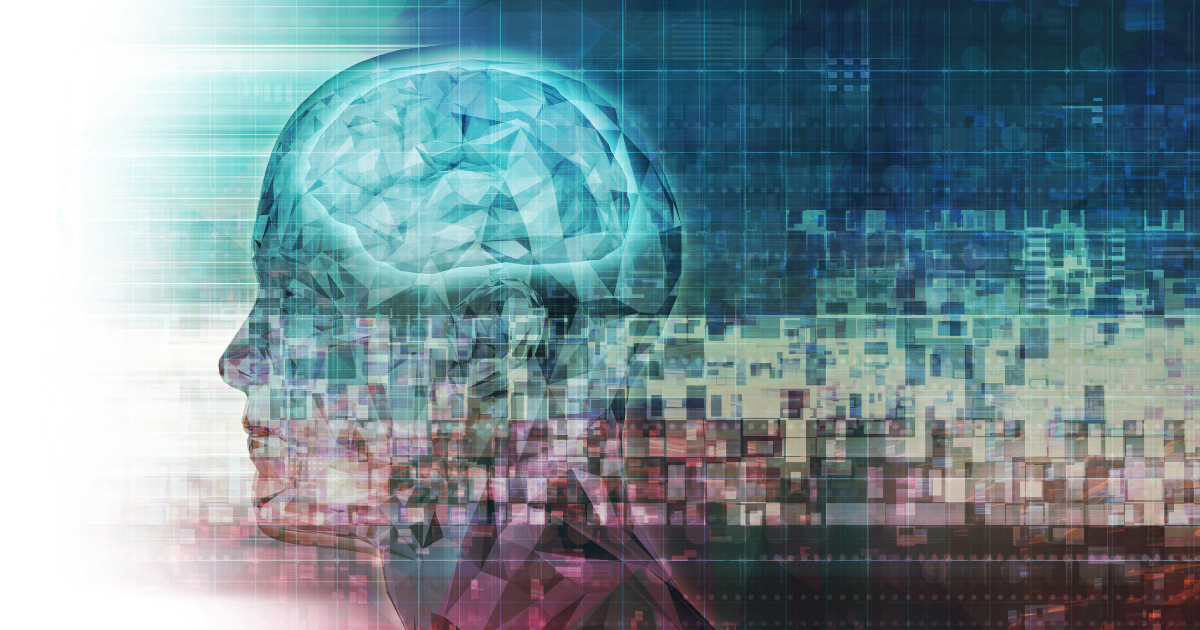
Read time: 5 minutes
Neuro-optometry is a specialized field that delves into the profound connection between the eyes and the brain, offering a more comprehensive understanding of vision and its impact on overall well-being. This blog post serves as a guide, illuminating the core principles of neuro-optometry and its applications in ensuring optimal visual function.
The Essence of Neuro-Optometry
Neuro-optometry departs from traditional approaches by recognizing vision as a complex neurological process, not merely an isolated function of the eyes. Light stimulates the retina, a light-sensitive layer at the back of the eye, converting visual information into electrical signals. These signals travel through the optic nerve to various brain regions, including the visual cortex, where they are interpreted to create the visual world we perceive.
Beyond the concept of 20/20 vision, neuro-optometry emphasizes the significance of other visual skills. These include eye tracking, the ability to follow objects smoothly, convergence, the coordinated inward movement of both eyes for near focus, and depth perception, crucial for judging spatial relationships. Deficiencies in these skills can manifest as eyestrain, headaches, and difficulties with reading or visually demanding tasks.
Furthermore, neuro-optometry acknowledges the link between vision and balance. The visual system plays a vital role in spatial awareness and maintaining postural control. When this relationship is disrupted, individuals may experience dizziness, imbalance, or difficulty navigating their environment. By understanding this interplay, neuro-optometrists can employ targeted interventions to enhance overall stability.
The Intricacies of Binocular Vision
Binocular vision, the seamless collaboration of both eyes, lies at the heart of neuro-optometry. This section unravels the mysteries of binocular vision and its impact on various aspects of visual experience.
- Depth Perception and Stereopsis: Binocular vision empowers us with depth perception, the ability to perceive the world in three dimensions. Stereopsis, the brain's remarkable capacity to merge slightly different images from each eye, is the cornerstone of depth perception. This capability is essential for activities like judging distances, catching objects, and navigating safely.
- Eye Teaming and Fusion: Harmonious coordination of eye movements, known as eye teaming, is fundamental to binocular vision. When both eyes align accurately on an object, the brain fuses the images into a single, unified picture. Issues with eye teaming can lead to conditions like strabismus (crossed eyes) or amblyopia (lazy eye), highlighting the importance of assessing and optimizing these fundamental aspects of vision.
- Convergence and Divergence: Convergence and divergence refer to the eyes' ability to move inward (convergence) or outward (divergence) to maintain focus on an object. Efficient coordination of these movements is vital for tasks requiring sustained close-up attention, such as reading or using digital devices. Neuro-optometric assessments delve into these aspects, ensuring a comprehensive understanding of an individual's visual capabilities.
Beyond Diagnosis: Neuro-Optometric Rehabilitation
Neuro-optometry extends its impact beyond diagnosis by actively participating in visual rehabilitation. This section explores targeted interventions and therapeutic techniques designed to enhance visual skills and contribute to overall well-being.
- Vision Therapy: Vision therapy is a customized program tailored to address specific visual skill deficiencies. This individualized approach tackles issues like eye tracking problems, convergence insufficiency, and other aspects of binocular vision. Through a series of exercises and activities, patients can improve their visual abilities and alleviate symptoms related to visual dysfunction.
- Concussion and Traumatic Brain Injury (TBI): Neuro-optometry plays a crucial role in the rehabilitation of individuals who have sustained concussions or TBIs. Visual disturbances such as difficulties with focus, eye coordination, and light sensitivity are common after such events. By addressing these issues through specialized therapies, neuro-optometrists contribute to the holistic recovery of patients affected by neurological trauma.
- Therapeutic Lenses and Prisms: In some cases, therapeutic lenses and prisms may be prescribed as part of a neuro-optometric intervention. These specialized optical tools can help alleviate visual discomfort, enhance eye teaming, and optimize visual performance. The precise prescription of these aids reflects the nuanced understanding of the brain-eye connection that defines neuro-optometry.
Neuro-Optometry and Overall Wellness
The focus of neuro-optometry extends beyond visual function, acknowledging the broader impact of the brain-eye connection on an individual's overall well-being, for example:
- Stress and Visual Function: Neuro-optometric care considers these stressors and offers strategies to mitigate their effects, fostering a more comfortable and sustainable visual experience. Techniques might include incorporating blue light filters into digital device use, establishing healthy screen-time breaks, and employing relaxation exercises to manage stress levels.
- Cognitive Fatigue and Vision: Extended periods of cognitive effort, such as intensive computer work or academic study, can contribute to cognitive fatigue. Neuro-optometry recognizes the intricate connection between cognitive load and visual function. By addressing visual efficiency through targeted interventions like improving eye tracking or reducing convergence insufficiency, neuro-optometrists aim to reduce cognitive fatigue and enhance overall cognitive performance.
- Aging and Neuro-Optometric Care: As we age, changes in the visual system can occur, affecting both visual and cognitive functions. Neuro-optometric care becomes particularly relevant in addressing age-related conditions such as presbyopia (difficulty focusing on near objects) and changes in visual processing speed. By tailoring interventions to the unique needs of each individual, neuro-optometry supports healthy aging and sustained visual vitality.
The Takeaway
Neuro-optometry offers a revolutionary approach to vision care, transcending the limitations of traditional eye exams. By delving into the intricate brain-eye connection, neuro-optometrists can address a wider range of visual challenges, optimize visual performance, and contribute to overall well-being. Whether you're experiencing eyestrain, recovering from a concussion, or simply seeking to maintain healthy vision as you age, neuro-optometry offers a personalized and comprehensive path towards achieving your visual goals.
Share this blog post on social or with a friend:
The information provided in this article is intended for general knowledge and educational purposes only and should not be construed as medical advice. It is strongly recommended to consult with an eye care professional for personalized recommendations and guidance regarding your individual needs and eye health concerns.
All of Urban Optiks Optometry's blog posts and articles contain information carefully curated from openly sourced materials available in the public domain. We strive to ensure the accuracy and relevance of the information provided. For a comprehensive understanding of our practices and to read our full disclosure statement, please click here.


